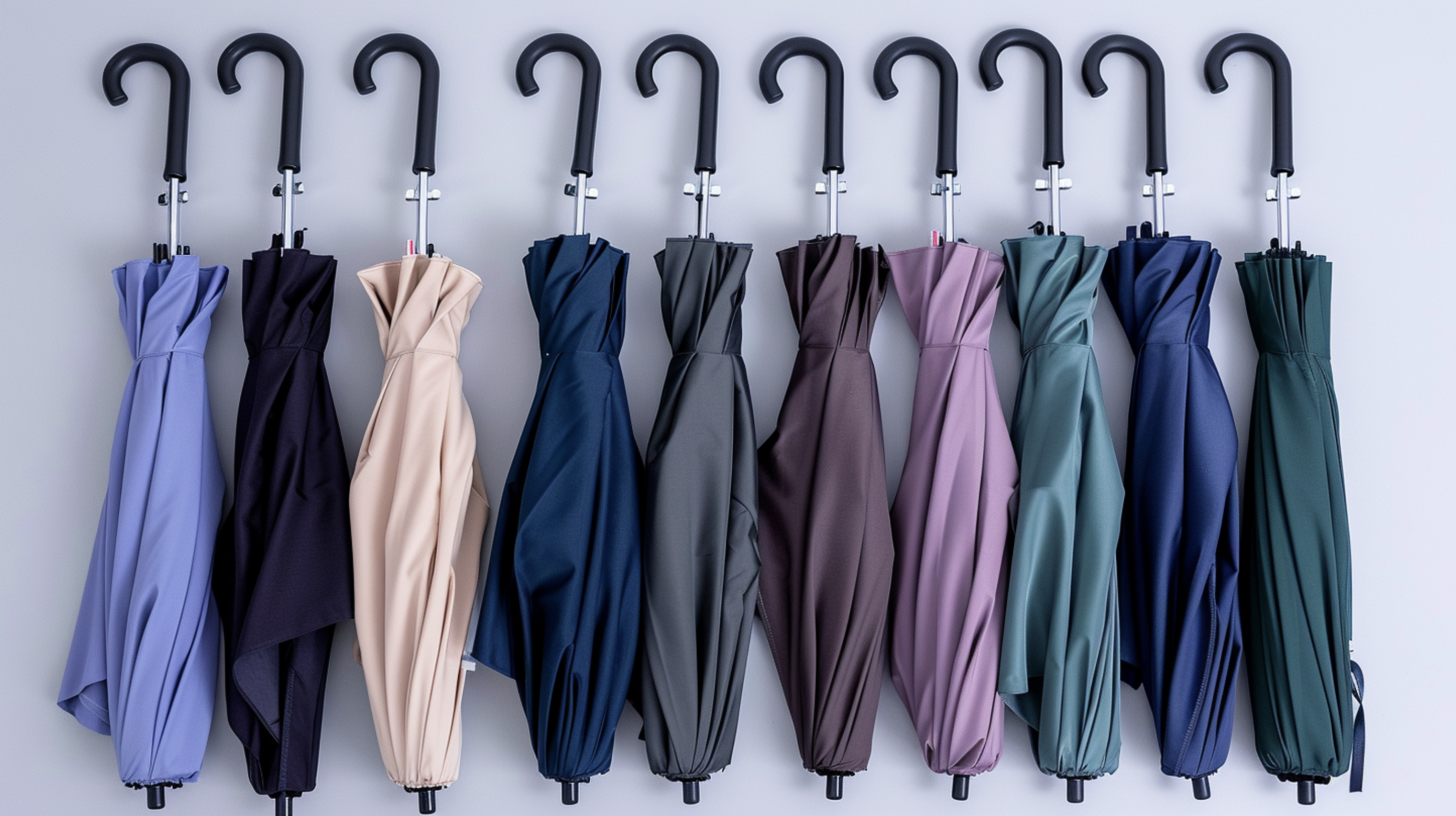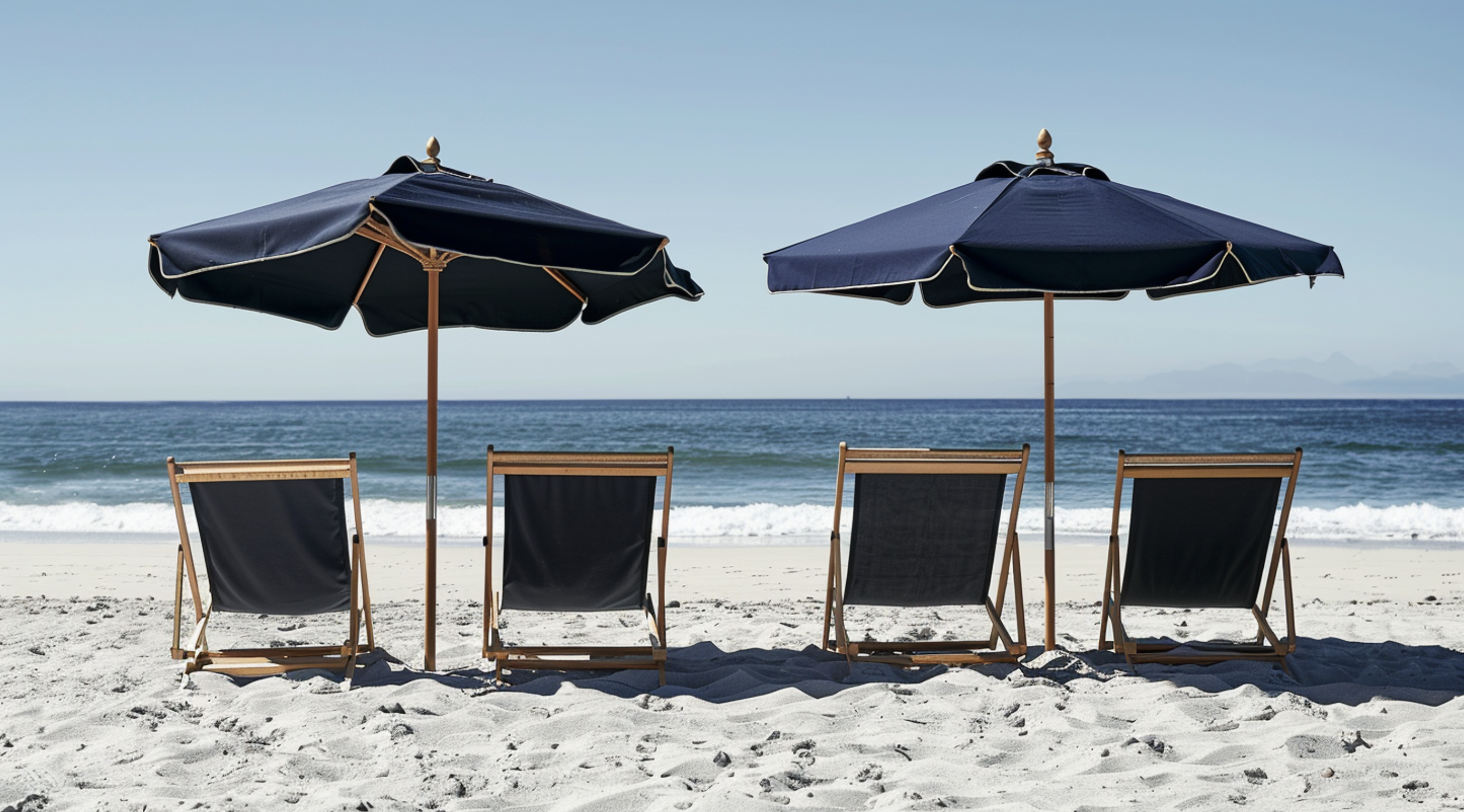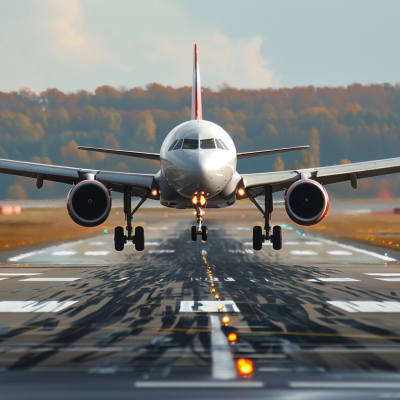Traveling with an umbrella can be tricky, especially regarding TSA regulations. You might wonder if you can bring your umbrella through security checkpoints and onto the plane.
The good news is that TSA allows umbrellas in carry-on and checked bags, but there are a few guidelines to follow.
In this article, we’ll explain the TSA rules for traveling with umbrellas, including size restrictions and packing tips. We’ll also cover airline-specific policies and what to expect at security screenings.
By the end of this guide, you’ll have a clear understanding of how to travel with your umbrella, ensuring a smooth and stress-free journey.
Can You Take an Umbrella on A Plane: TSA Regulations
The Transportation Security Administration (TSA) permits umbrellas in both carry-on and checked bags.
However, they must not be seen as potential security risks. The TSA allows small, collapsible umbrellas that can easily fit into your luggage or personal item.
Larger umbrellas or those with sharp points might face more scrutiny during security checks.
Airline-Specific Rules: Don’t Forget to Check
While the TSA sets general guidelines for umbrella transportation, each airline may have its own rules.
Some airlines consider umbrellas as personal items, while others require them to fit within your carry-on bag.
For example, Delta Airlines allows umbrellas as carry-on items, but they must be small enough to fit in the overhead bin or under the seat in front of you.
In contrast, United Airlines states that umbrellas must fit within your carry-on bag and cannot be counted as a separate personal item.
Choosing the Right Umbrella for Air Travel
When preparing for a trip, it’s important to consider the type of umbrella you’ll bring along.
Compact, foldable, golf, and beach umbrellas are the most common options, each with its own advantages and suitability for air travel.
Carrying an umbrella can provide much-needed relief in unpredictable weather conditions and make your travel experience more comfortable.
However, it’s crucial to choose an umbrella that complies with TSA regulations and airline policies to avoid any inconvenience during your journey.
1. Compact and Foldable Umbrellas

These umbrellas are the most travel-friendly due to their small size and ability to fit easily into carry-on bags.
They typically lack sharp edges and metal tips, making them compliant with TSA guidelines.
Compact and foldable umbrellas are lightweight and take up minimal space, allowing you to keep them close at hand without sacrificing valuable luggage room.
For compact and foldable umbrellas, it’s best to pack them within easy reach in your carry-on bag.
2. Golf and Beach Umbrellas

While larger than their compact counterparts, golf and beach umbrellas can still be brought on planes. However, they may be subject to more restrictions.
These umbrellas might need to be checked or may not fit in the overhead bins or under seats, depending on the airline’s policies.
It’s essential to verify the specific requirements for larger umbrellas before your flight.
When traveling with golf or beach umbrellas, check your airline’s policies regarding sports equipment or oversized items.
In some cases, you may need to pack these larger umbrellas in your checked luggage. If you plan to carry them on board, be prepared to store them in the overhead bin or have them tagged as gate-checked items.
General Guidelines for Smooth Security Clearance
When carrying an umbrella through airport security, it’s important to be prepared and follow the general guidelines set by the TSA.
Place your umbrella in a bin for X-ray scanning, just like you would with other carry-on items such as jackets, shoes, and electronic devices.
Keep in mind that while most umbrellas will pass through security without any issues, those with metal components or larger sizes may require additional inspection.
To ensure a smooth security process, be ready to remove your umbrella from your bag and place it in a separate bin for scanning.
Tips for Dealing with Metal Detectors
If your umbrella has a metal frame, it may trigger the alarm when you pass through the metal detector.
To avoid any surprises or delays, it’s best to remove your umbrella and place it in a bin for X-ray screening alongside your other carry-on items.
This proactive approach will streamline the security process and minimize the chances of additional screening.
When dealing with umbrellas that have a significant metal structure, it’s always a good idea to be upfront with security personnel.
Inform them that you have an umbrella with metal components before passing through the metal detector.
This transparency will help the security staff understand what to expect and can potentially speed up the screening process.
Advice for Compliance with International Airline Policies
To ensure a smooth travel experience, it’s essential to research your chosen airline’s policies online before your trip.
Pay close attention to the carry-on luggage restrictions, as these often include guidelines for umbrellas.
By familiarizing yourself with the airline’s rules in advance, you can avoid any last-minute surprises or inconveniences at the airport.
Additionally, it’s wise to check the airport security regulations of your destination country. Some nations may have specific rules regarding items that could be considered potential security risks, which may affect the transportation of umbrellas.
For instance, certain countries might have stricter size limitations or require all umbrellas to be checked in, regardless of size.
Packing Tips for Umbrellas
First, consider placing your umbrella in an easily accessible outer pocket of your carry-on bag. This will allow you to quickly retrieve it for security checks or in case of unexpected rain upon arrival at your destination.
To prevent damage to your umbrella or other items in your luggage, consider using an umbrella sleeve or cover.
This protective layer will help keep your umbrella contained and minimize the risk of it snagging on clothing or scratching other belongings.
Storing a wet or damp umbrella in your luggage can lead to moisture damage and mildew growth, which can affect not only your umbrella but also your other packed items.
If you need to pack a wet umbrella, consider using a plastic bag to contain any moisture until you can properly dry it at your destination.
Conclusion
In conclusion, navigating TSA regulations and airline policies regarding umbrellas can seem daunting, but with the right knowledge and preparation, you can ensure a smooth travel experience.
By understanding the guidelines for different types of umbrellas, packing them properly, and being prepared for security screenings, you can avoid any last-minute surprises or delays at the airport.
Remember to choose a compact, foldable umbrella with non-metallic tips for the most hassle-free experience, and always check your airline’s specific policies before your trip.
So, next time you’re planning a trip, don’t let umbrella-related concerns dampen your travel plans – follow this guide and enjoy a stress-free journey!






